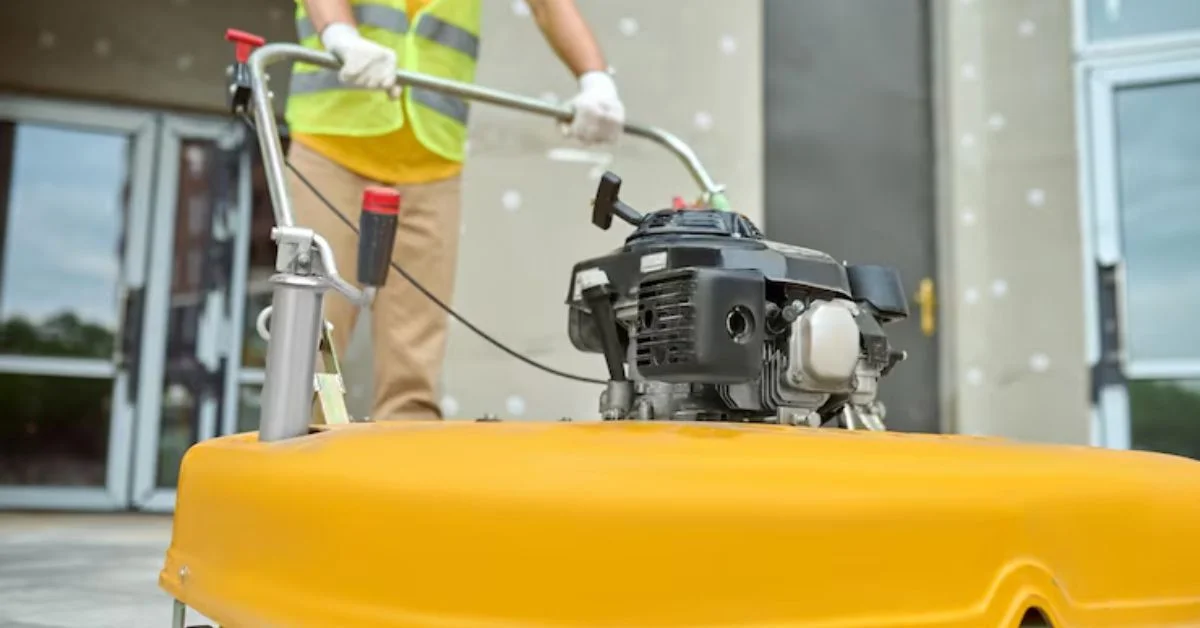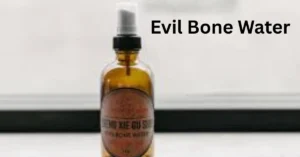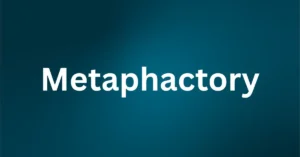In the world of home improvement and energy efficiency, insulation is often the unsung hero—quietly ensuring your home stays warm in winter, cool in summer, and energy-efficient year-round. But when old insulation degrades, becomes infested with pests, or is no longer up to code, it must be removed. That’s where insulation vacuum rental comes into play—a niche but critical service for homeowners, contractors, and renovators alike.
Insulation vacuum rental refers to the temporary leasing of a specialized high-powered vacuum system used to remove old or damaged insulation materials from attics, walls, or crawl spaces. Whether you’re dealing with moldy cellulose, rodent-infested fiberglass, or preparing for a complete insulation upgrade, renting an insulation vacuum can save time, reduce mess, and improve safety. With 2025’s growing focus on energy-efficient retrofits and eco-conscious upgrades, understanding how insulation vacuums work—and when to rent one—is more important than ever.
Why Remove Old Insulation?
Insulation isn’t immortal. Over the years, even the best-installed materials degrade. They settle, absorb moisture, become contaminated by pests, or lose their thermal resistance (R-value).
Common Reasons for Removal:
- Water damage: Leaks or high humidity can turn insulation into moldy hazards.
- Pest infestation: Mice, raccoons, and bats love nesting in insulation.
- Fire or smoke damage: Even without a full fire, smoke contamination can ruin insulation.
- Energy upgrades: Old fiberglass batts may be replaced with modern spray foam or blown-in cellulose.
- Renovations: Removing walls or expanding rooms often requires taking out old insulation.
Whatever the reason, removing insulation manually is time-consuming and potentially hazardous. That’s why specialized vacuum equipment is essential—and often rented rather than purchased.
What Is an Insulation Vacuum?
An insulation vacuum is a gas- or electric-powered machine equipped with industrial suction capabilities. It is designed to extract large volumes of loose-fill insulation quickly and deposit them into secure collection bags.
Key Components:
- High-powered motor (often 14–27 horsepower)
- Reinforced suction hose (typically 6 to 12 inches wide)
- Intake wand for focused removal
- Discharge hose or connection to heavy-duty debris bags
These machines are capable of handling:
- Cellulose
- Fiberglass
- Rock wool
- Foam-based insulation (loose or crumbled)
Most importantly, they contain debris safely, minimizing airborne particulates that could be harmful if inhaled.
Why Rent Instead of Buy?
Professional-grade insulation vacuums cost several thousand dollars and require maintenance, safe storage, and operational experience. For most homeowners or small contractors, renting is the most logical solution.
Advantages of Renting:
- Cost-effective for short-term use
- No maintenance burden
- Access to latest models
- On-site training or instruction available
- Scalable (you can rent extra hoses or bags if needed)
Rental is also ideal for first-time DIYers, allowing them to try the equipment without committing to a major purchase.
Types of Insulation Vacuums Available for Rent
The type of insulation vacuum you need depends on the size of your job, the material you’re removing, and your comfort level with machinery.
1. Gas-Powered Vacuums
- Most powerful; ideal for large attics or thick insulation.
- Requires outdoor setup due to exhaust fumes.
- Loud operation—hearing protection is advised.
2. Electric Vacuums
- Lower suction power; good for small jobs or tight spaces.
- Quieter and more suitable for enclosed spaces.
- May not handle dense or wet insulation effectively.
3. HEPA Filtered Models
- Designed for removing contaminated insulation (e.g., mold, asbestos-adjacent materials).
- Include fine particle filtration to protect indoor air quality.
- Often required for commercial or remediation jobs.
When renting, discuss your specific situation with the provider so they can match you to the right equipment.
How the Rental Process Works
Renting an insulation vacuum is usually straightforward, but planning ahead is essential.
Step-by-Step Guide:
- Determine your needs: Measure the square footage and estimate the insulation depth.
- Call rental centers in advance: Equipment availability can vary, especially during peak renovation seasons.
- Choose rental duration: Half-day, full-day, weekend, or week-long rentals are common.
- Pick up or schedule delivery: Larger units may require truck transport or delivery.
- Get instructions: Reputable centers offer a walkthrough or instructional video.
- Rent accessories: Don’t forget heavy-duty bags, hose extensions, and PPE.
- Return or schedule pickup: Clean and inspect the unit before returning to avoid fees.
Documents Required:
- Valid ID
- Credit card or business account
- Security deposit (varies by provider)
Average Cost of Insulation Vacuum Rental in 2025
Prices may vary based on location, demand, and machine type, but here’s a general estimate:
| Rental Duration | Cost (Gas) | Cost (Electric) |
|---|---|---|
| Half Day | $100–$150 | $60–$90 |
| Full Day | $150–$250 | $90–$140 |
| Weekend (2–3 days) | $250–$400 | $150–$250 |
| Weekly | $600–$1,000 | $400–$700 |
Add-on Costs:
- Debris bags: $10–$20 each
- Extra hoses: $20–$40
- PPE kit: $25–$50
It’s wise to bundle accessories and check for seasonal promotions.
Safety Considerations When Using an Insulation Vacuum
Removing insulation isn’t just a labor issue—it’s a health concern. Even “clean” insulation releases particulates when disturbed.
Essential Safety Gear:
- Respirator (N95 or higher)
- Goggles or full-face shield
- Disposable coveralls
- Gloves
- Knee pads (for attic work)
Ventilation Tips:
- Keep attic windows open if possible.
- Seal off doors to prevent indoor dust contamination.
- Use an air scrubber or HEPA fan if indoors.
Handling Hazards:
- Rodent waste: Treat as a biohazard.
- Wet insulation: Heavier and can clog vacuums.
- Nails/splinters: Use caution when moving hoses around rafters.
NEVER use standard shop vacuums for insulation—they lack the power and filtration, and are unsafe for this purpose.
DIY vs. Hiring a Professional
Should you rent and do it yourself or hire someone?
DIY Rental Is Ideal If:
- You have a one-story home or easily accessible attic.
- The insulation is dry and uncontaminated.
- You’re comfortable with equipment and safety precautions.
Hire a Pro If:
- The attic is hard to access.
- There’s evidence of mold, asbestos, or rodents.
- You lack protective gear.
- You’re unsure about local disposal regulations.
Many homeowners start with good intentions, but the physical strain and mess often lead them to call professionals mid-way. Weigh your capacity honestly.
Where to Rent Insulation Vacuums
By 2025, most major rental centers offer insulation vacuums, often under “specialty tools” or “restoration equipment.”
Top Places to Check:
- Home improvement chains (like Home Depot or Lowe’s Tool Rental divisions)
- Local equipment rental companies
- Disaster restoration suppliers
- Online booking platforms for tool rentals
Some companies even offer on-site consultation and delivery, particularly for large-scale jobs.
Legal and Environmental Disposal
Once you’ve removed insulation, you can’t just toss it in the dumpster. Local regulations vary.
Disposal Guidelines:
- Bag and seal used insulation.
- Label if materials were water-damaged or pest-infested.
- Check for hazardous waste guidelines in your county.
- Use approved waste transfer stations—not all landfills accept insulation.
Failing to follow these steps can result in fines or community complaints.
Conclusion
Insulation vacuum rental might not be glamorous, but it’s one of the most efficient, effective, and responsible ways to remove outdated or contaminated insulation. As more homeowners in 2025 aim for energy efficiency, air quality, and long-term comfort, these powerful machines are gaining visibility outside of professional contracting circles.
Whether you’re tackling a small attic restoration or preparing for a full-house retrofit, renting an insulation vacuum gives you the tools to do the job safely, quickly, and thoroughly. It’s an investment not only in home performance but also in the health of everyone who lives under your roof.
Frequently Asked Questions (FAQs)
1. Can I rent an insulation vacuum for a single day?
Yes. Most rental centers offer half-day and full-day rental rates, with additional discounts for weekend or week-long use.
2. What kind of insulation can be removed with a vacuum?
Insulation vacuums handle blown-in cellulose, fiberglass, mineral wool, and degraded foam—but not large batts or spray foam.
3. Is it safe to remove insulation by myself?
If insulation is dry, uncontaminated, and accessible, it’s safe with proper gear. For moldy or infested materials, hire a professional.
4. How do I dispose of removed insulation?
Insulation must be bagged, sealed, and disposed of according to local waste regulations—often at special transfer stations.
5. Can I use a regular shop vac to remove insulation?
No. Shop vacs are unsafe and underpowered for this task. Use only professional-grade insulation vacuums.
For more information, click here.









